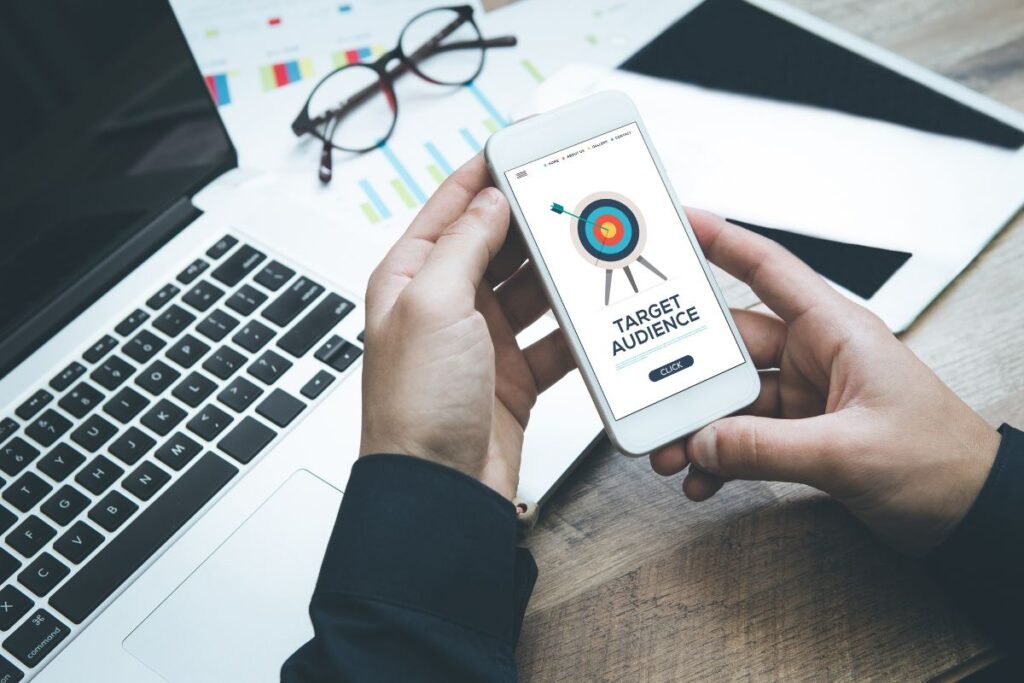5 helpful tips you need to know before you translate your website.
Table of Contents
Being able to translate your website is a must-have option if you are serious about expanding into new markets and finding new clients. Indeed, the ability to reach out to your clients and present your product in the best light possible as you intended is something you need to take seriously.
Moreover, no matter how similar certain languages can seem or sound, expressions and terminologies can change significantly. For example, some heavy Latin-Based languages such as French, Spanish, Italian and Portuguese share similar words. However, in some examples, they might have a completely different context.
Working on a website translation? Watch out for “False Friends”
These linguistic examples are called “False friends”. In fact, to be able to make sense of the sentences in which these false friends exist you might need to rewrite the sentence to such a point that it might take a completely different structure. Whilst also making the length of the phrases completely different in each language. In fact, this sentence's word count is important because you need to take this scenario into account when you have limited space on your page for text.
So, as you can imagine being able to translate your website needs a bit of thought and planning. Indeed, to help you achieve your objective here are some more tips you should take into consideration when thinking about translating your website:
As you know from your own language there are many different ways in which you can use language to express emotions, simplify sentences or make them more complex. For example, the news is news. However, you can find the same news story being printed by different newspapers. And ultimately, they are saying the same thing.
Yet, the language used and how the sentences are constructed in each newspaper are extremely different. Indeed, each newspaper will use the language which is most appropriate for their particular target audience. Not all newspapers are written for the same audience. Hence, different readers purchase or listen to different news outlets.
"Know your audience"
One of the most important points to make here is. Know your audience and know to which (client profile) you are aiming your product or services too. Indeed, are they labourers or are they university graduates? Also, if, before you design your website you already know you want to translate your website into different languages, you will need to start thinking about not only the style of language you are using for your home audience. But also, is the copywrite you are using easy to translate and will the new phrase lengths fit into the websites original design format.
Finally, you might also need to think about cultural or legal differences that might exist between the countries you are dealing with. It could be that not only will you not be able to translate the copyright word for word. But that you might need to completely change the product or service description to adapt to or even abide by the countries cultural or even legal practices. Furthermore, it might even be that you will need to change your website photography depending on your target country.
Make sure you understand the target audience you are hoping to reach.

Understanding that language is a medium of communication that can be used in so many different ways is crucial. Especially when you are choosing who gets to read or listen to your message. Click here to find out more info about Easy Media Solution
When translating your website use a professional translator service as it will pay huge dividends.

No matter how proficient you might think you are at speaking a second language. Unless you are native speaker with years of translation experience, we would recommend using a third party.
For most people who are bilingual, myself included. We tend to be able to flip from one language to another extremely easy. Indeed, at times it is not uncommon to flip from one language to another in mid-sentence. However, being able to speak another language is in my opinion very different from being able to write in that language. Therefore, just because you might know someone who speaks your target language does not mean they will be able to translate your website.
Also, be aware that you need to rely on a professional service, rather than an amateur. You need to be 100% confident that once your copywriting is translated the words are accurate not only for meaning. But also, for context.
"But how about website plug-ins and automated software for website translation?"
For example, Google can offer your website an automatic translation service. However, currently, no matter how advanced the artificial google translate algorithm is. It still lacks in translating context. In fact, if we were grading a translation on a word-by-word basis then an A.I. such as Google translate would be perfect. Yet, even with the huge progress in the algorithms, accurate language translation does not work this way. In fact, we still have not yet arrived at the point where the A.I. software can fully interpret the context of all phrases. or the slang language that is sometimes used in descriptions.
Therefore, the best way to translate your website is by using a professional translation service. A service you know you can trust and will get the job done right.
As you know by now, to have a successful translated website you need far more than just the copy. In fact, you also want to make sure you have not tarnished any of your customers browsing experience. For example, at Easy Media Solution we use a software that will recognise the language settings of your browser. Indeed, if your language settings fall within a language that we have translated, then the version you automatically see is that of your language settings.
However, our system does not stop there. We can customise your website to your location or language. Indeed, we can also change photographs and videos making the experience unique and targeted to your location or language settings.
"Who is going to prof read your website?"
Once you have completed translating your website one of the last jobs that need to be completed is probably the most important one. Indeed, does all the newly translated material make sense? Does it read how you intended? And can you be trusted to make this observation?
Because having been so involved in the project it might be that your interpretation is clouded by your intense involvement. Therefore, having a complete newbie proof read your website once complete is a good idea. There is nothing like having a fresh pair of eyes who is impartial to the project and gives objective and uninfluenced feedback.
Once you translate your website make sure you still deliver an excellent customer experience.

Even if, because of your translation you had to change your message. The one thing you can’t do is change the excellent visitor experience you had initially designed for your website.
Check out SaracinoStudio.com for UK English
Check out SaracinoStudio.com/it for Italian
Translate your website and make sure it is optimized for SEO. Even if in a new foreign language.

Once you have translated your website content. You still want it to be found on search engines. Especially in the country where your new translation is targeted.
Excellent, so you have translated your website. You have prof read the content and are happy with the results. However, there is one really important feature you need to think about. The dreaded international SEO! But, don’t panic. Let’s see what you should consider:
Language URL indicator
for example, (easymediasolution.com/it). We use a subdirectory to indicate our translated website. Why, well because it is simple, easy, and cost-effective. Doing so will help with indexing our site. It also allows Google to present the correct version of your website to the relevant customers.
Hreflang tags
We need to tell search engines that you have variations of the same content but in multiple languages. This way Google knows that even though it might recognize the content on different pages as similar. They also know that these pages are designed to better the customer experience by showing the most relevant page version available to the specific visitor.
For example, your page which has been translated into Spanish would be Hreflang tagged with a code that would identify it as a Spanish version. This way Google can not only make sure that this page was the one displayed for any visitors with Spanish as their preferred language setting. But also, for visitors that are located in Spain, or countries that use Spanish as their main language.
Translating your Metadata
You see if you want to rank for SEO in your new language you need to translate not only the visible part of your page. But also, the hidden sections your visitors do not see but are crucial for Google to determine your ranking. So, your Metatag data is absolutely essential for your Google ranking.
Also, bear in mind that a Keyword that you might have had in English might not literally translate into another language. Therefore, it might be that you will be using a new different Keyword for your translated pages. Meaning that you might even have to create a new Metadata description in your language to reflect this.
You need to think that once you have your website translated that is not the end of it. However, think about future updates. Or maybe even about Blogs that you are creating. Indeed, the question is. Are you also going to translate these Blog articles? And if so, have you considered the budget moving forward?
"To translate your website use a translator who is a native speaker"
This is a common mistake that happens when website owners are considering to translate your website. Indeed, we would only recommend that you use the services of a native speaker for the particular country you are most interested in.
For example, if you were aiming your new website toward Portugal. Hiring the services of someone who is familiar with Brazilian Portuguese might lose some of the details you wished to translate into original Portuguese. In fact, if it were the other way around, we know a Portuguese translator would definitely lose the details of translation when trying to translate into Brazilian Portuguese. So, make sure you have a native speaker of the location servicing.
Moving into the Future of Website translation. Plan for your future budgets.

Understanding that from time-to-time website updates are inevitable. So, forward plan and make sure you update your translated languages as well as your default language.
In conclusion, to translate your website can be a huge advantage. Something that helps you expand into new and untapped markets. However, it is a process that as you have seen requires planning, efficient execution, and the flexibility to adapt.

If you need help or you would like to find out more about our services, please don’t hesitate to contact us. Either via the international phone numbers available or simply fill in our FREE CONSULTATION form and we will be very happy to have an informal chat with you about what, or how we could help you.
So, we look forward to hearing from you soon. Good luck, stay strong, stay positive, and most importantly believe.



